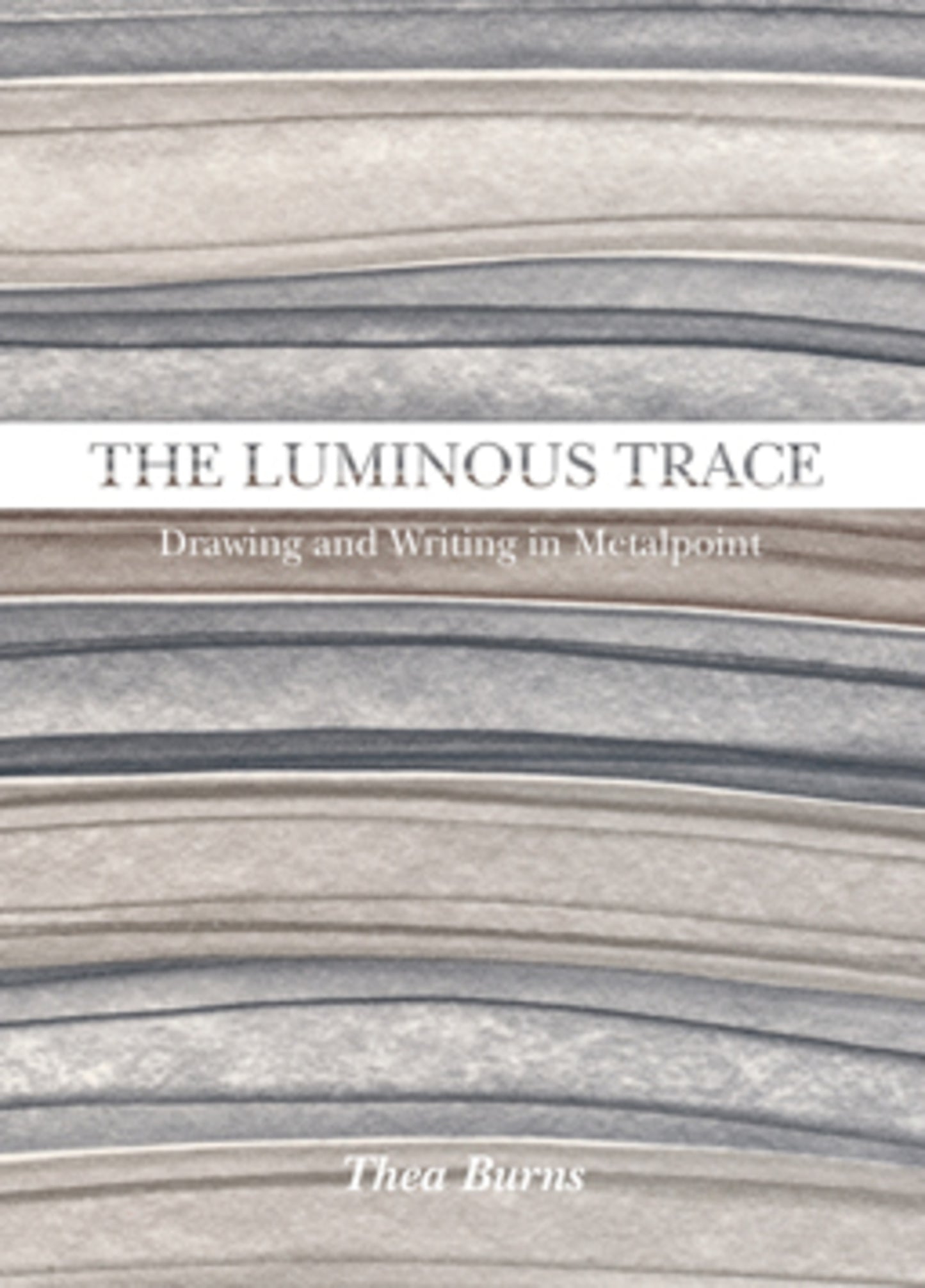We're sorry. An error has occurred
Please cancel or retry.
The Luminous Trace

Some error occured while loading the Quick View. Please close the Quick View and try reloading the page.
Couldn't load pickup availability
- Format:
-
01 December 2012

The origins of metalpoint (silverpoint, goldpoint, etc.) drawing are widely thought to lie in classical antiquity.�The Luminous Trace�investigates the artefactual and literary evidence for the use of metalpoint through the ages from earliest times up to its revival, particularly in the United States, in the later 20th and early 21st centuries, reviewing the history and historiography of metalpoint and its use for drawing and writing. Metalpoint drawings are the central objects of this study and their physical features are the prime consideration, juxtaposed with the written evidence which may suggest why artefacts look as they do.

Drawing and drawings, ART / Techniques / Drawing / General, Painting, drawing and art manuals

Acknowledgements
Introduction: the challenge of drawing in metalpoint
The metalpoint drawing: material and technique
Recent historiographical studies
The challenge
�
Ancient drawing and writing materials
Metalpoint drawing in classical antiquity?
The physical evidence for line drawing in classical antiquity
Modern interpretations of the ancient evidence
The writing tablet: materials, formats and functions
Ancient styli: physical evidence
Drawing and writing in metalpoint in the Middle Ages
Drawing � painting � writing
Iconography of Christianity triumphant
Artefactual evidence for marking with metal styli on tablets
Textual evidence for marking with metalpoint
Underdrawing, rulings, and other markings in leadpoint, graphite and hardpoint (blind stylus)
Rulings
Marginal drawings and compilation notes
Underdrawings
Marking and supporting materials used in pattern books
The evidence of artists� technical manuals and recipe books
The metalpoint in Trecento and early Quattrocento Italy
The liminal space of Trecento art
Metalpoint drawing in the Italian Trecento
Presentation drawings
Copy/contract drawing
Drawings of contested function
Preparatory studies
Drawings made directly on the primary support
Written evidence for metalpoint drawing: Cennino Cennini�s�Il Libro dell�arte
Cennini�s comments on drawing
Drawing practice in early Quattrocento Italy
The meaning of the appearance of Quattrocento metalpoint drawings
Historiographical positions
Art historiographical positions
Visual evidence of the classical past
Drawing in Quattrocento Florence
The artist�s evolving status, the revival of antiquity and the shifting status of drawings
Indirect physical evidence for reconstructing the activity of drawing in antiquity
Leonardo da Vinci and metalpoint
Metalpoint in Cinquecento Italy
Metalpoints for drawing and writing: late medieval and early modern northern Europe
Introduction: context
The production of drawings
Independent drawings?
Model books on tablets, mainly metalpoint
Sixteenth-century metalpoint sketchbook drawings
Fifteenth- and sixteenth-century metalpoint drawings for painted portraits
More sixteenth-century metalpoint drawings
Rembrandt and metalpoint
Eighteenth-century metalpoint drawings
Writing tablets: fifteenth�eighteenth century
Modern metalpoint
The attraction of line
Later nineteenth-century metalpoint drawing in England
Later nineteenth- and twentieth-century metalpoint drawing in America
Twentieth-century European metalpoint drawings
�Patent improved memorandum� and other metallic books
The renaissance of metalpoint in contemporary America
Appendix 1
Joseph Meder, Das Buchlein vom Silbersteft, Vienna,
1909 translated by Susan Thorne
Appendix 2
Bibliographical review of recent literature on analysis and conservation of metalpoint drawings
Colour of metalpoint lines as an identifier
Faded metalpoint lines
Investigation of grounds
Investigation of metalpoint lines
The presence of mercury and other metal inclusions in metalpoint lines
Preservation and conservation
Notes
Bibliography
Index



